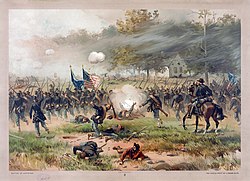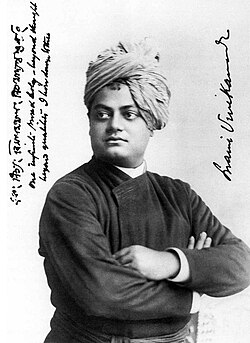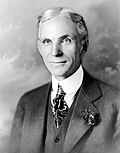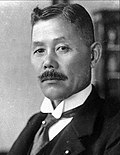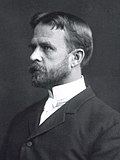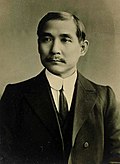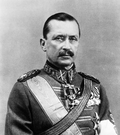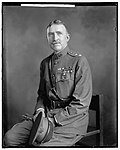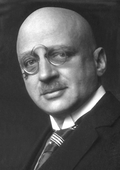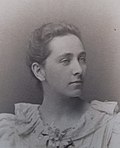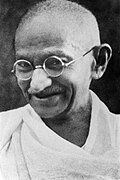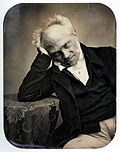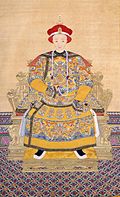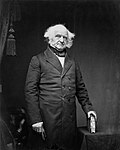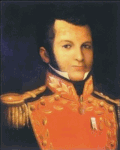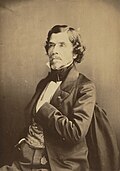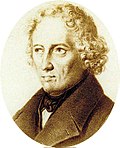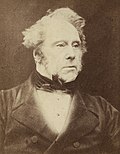
| Millennia |
|---|
| 2nd millennium |
| Centuries |
| Decades |
| Years |
| Categories |
The 1860s (pronounced "eighteen-sixties") was a decade of the Gregorian calendar that began on January 1, 1860 and ended on December 31, 1869.
Contents
- Politics and wars
- Wars
- Internal conflicts
- Prominent political events
- Assassinations and attempts
- Disasters and natural events
- Science and technology
- Establishments
- Religion
- Culture
- Literature and arts
- Sports
- Fashion
- Miscellaneous trends
- People
- Politics
- Famous and infamous personalities
- Births
- Deaths
- See also
- References
- Further reading
- External links
The decade was noted for featuring numerous major societal shifts in the Americas. In North America, the election of Free Soiler Abraham Lincoln to the presidency in 1860 in the United States led to the secession of eleven southern states as the Confederate States of America (CSA). The resulting American Civil War (1861–1865) would be among the first industrial wars, featuring advanced technology such as steel warships and machine guns. The victory of the Union and subsequent abolition of slavery would contribute to the decline of the global slave trade. Conflict in Mexico ensued after the French Empire installed Maximilian I as Emperor of Mexico; former President Benito Suarez would regain his position in 1867 after a power struggle.
In South America, the Triple Alliance of the Empire of Brazil, Argentina and Uruguay in the Paraguayan War (1864–1870) would be among the bloodiest conflicts in the continent's history, leading to the death of almost 60% of the Paraguayan population.
In Europe, the formation of the union of Austria-Hungary in 1867 and the ongoing campaign to unify Italy by Victor Emmanuel II of Sardinia-Piedmont would affect the European balance of power. The United Kingdom would continue engaging in a series of conflicts known as the New Zealand Wars with the indigenous Māori, with the New Zealand land confiscations beginning in 1863.
In Asia, the Meiji Restoration of 1868 would begin the process of transforming Japan into a global imperial power. The Qing Dynasty of China would experience decline following its defeat to the British in 1860 in the Second Opium War. In 1864, the Russian Empire would embark upon the Circassian genocide in the Caucasus, leading to the deaths or expulsion of at least 75% of the Circassian people.
The last living person from this decade was Nellie Spencer, who died in 1982.

